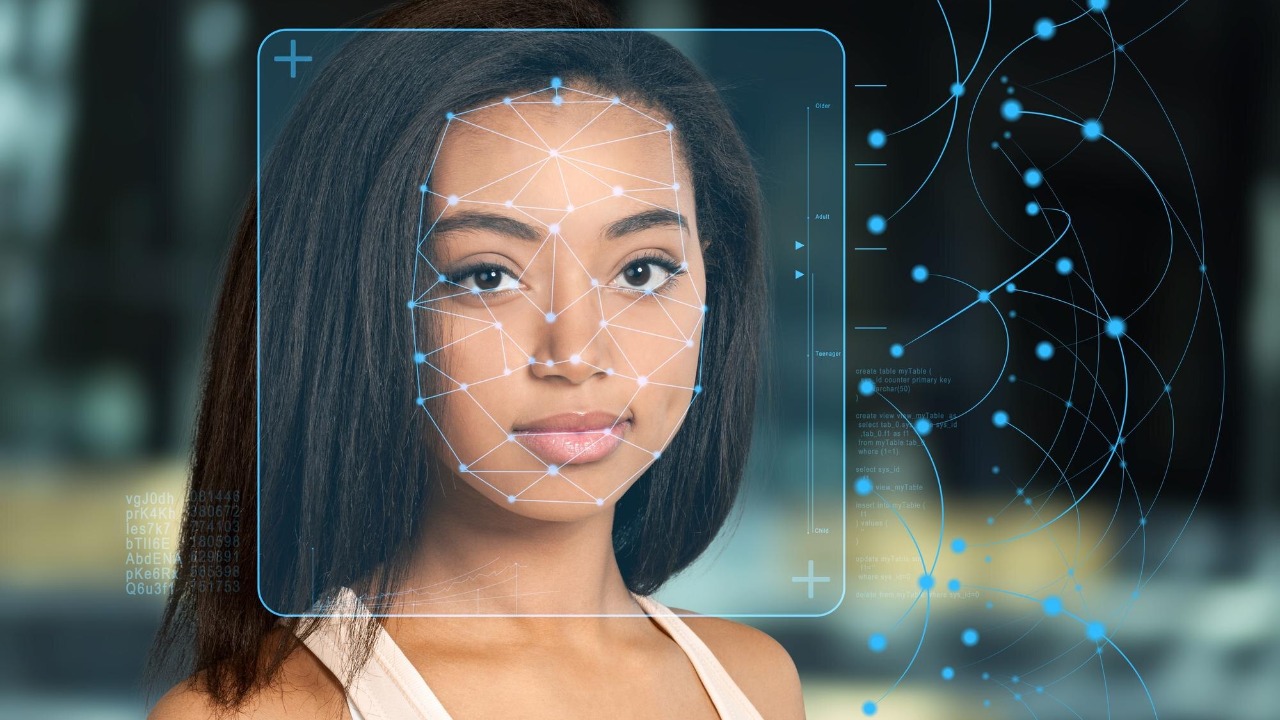
Artificial intelligence has painted a startling picture of human evolution, suggesting that by the year 3025, our species could bear little resemblance to its current form. Prolonged digital immersion and genetic modifications could result in hunched, tech-augmented figures with altered facial features. Even by 2050, our incessant scrolling could lead to slouched postures, weaker neck muscles, and diminished social interaction skills. As we approach the technological singularity, where AI surpasses human intelligence, these changes could accelerate, reshaping our biology and appearance.
AI-Generated Predictions for 1,000 Years Ahead
AI simulations depict a future where humans have elongated skulls, reduced body hair, and integrated cybernetic enhancements due to constant reliance on technology. These models factor in genetic engineering and environmental shifts, painting a chilling picture of our potential evolution. Some of the more unsettling aspects include smaller eyes due to screen overuse and asymmetrical limbs resulting from the dominance of virtual reality. These predictions are based on outputs from advanced neural networks analyzing evolutionary trends.
However, not all AI tools agree on this vision of the future. Some scenarios suggest that humans could evolve into more ethereal, less physically robust forms, better adapted to space colonization or symbiosis with AI. These variations highlight the uncertainty and complexity of predicting human evolution over such a long timescale.[source]
Scientific Insights into Human Appearance by 3025
Scientists concur with some aspects of the AI models, predicting that humans in 3025 will have larger craniums to accommodate enhanced brains. This could be linked to AI-driven cognitive upgrades. Additionally, our physical stature may diminish due to sedentary lifestyles, with increased reliance on exoskeletons or prosthetics as medical advancements reduce natural selection pressures.[source]
Experts also foresee skin adaptations, such as increased pigmentation or synthetic overlays, to protect against new environmental hazards in a post-climate-change world. These changes reflect the potential for our bodies to adapt to new challenges and technologies, even as they raise questions about the future of our species.[source]
Short-Term Changes: AI’s 2050 Outlook
Looking closer to the present, AI predicts that by 2050, humans could develop “tech neck” – a forward-head posture and hunched shoulders resulting from endless scrolling. This highlights the role of smartphone addiction in musculoskeletal alterations. Facial changes are also anticipated, including narrower jaws due to softer diets and reduced eye contact leading to subtler expressive muscles.[source]
These changes could have broader health implications, such as weaker grip strength and poorer balance, as virtual interactions replace physical activity in daily life. This underscores the importance of addressing our current digital habits to influence our future evolution positively.
The Influence of Digital Habits on Evolution
AI models suggest that by 2050, constant screen time could result in evolutionary pressures favoring those with better digital adaptability. For example, enhanced peripheral vision could become a valuable trait for multitasking in a digital world. In a “don’t stop scrolling” scenario, uninterrupted social media use could lead to social isolation, paler skin from indoor living, and altered sleep patterns affecting overall vitality.[source]
However, some AI simulations suggest that awareness of these trends could prompt behavioral shifts, potentially averting the most extreme physical deformities by mid-century. This highlights the potential for proactive measures to influence our evolutionary trajectory.
Ray Kurzweil’s Singularity and Human Transformation
Futurist Ray Kurzweil predicts that the singularity, the point at which AI surpasses human intelligence, will occur by 2045. This could fundamentally reshape our physical forms through nanotechnology and brain-computer interfaces, merging human consciousness with AI. This milestone could lead to optional body modifications, such as uploading minds to digital avatars, reducing the need for traditional human physiology.[source]
Kurzweil’s timeline positions the singularity within 20 years from 2025, suggesting a catalyst for rapid evolution where biological humans become hybrids with machine-like durability and aesthetics. This vision of the future raises profound questions about the nature of humanity and our relationship with technology.
Broader Implications of AI-Driven Evolutionary Forecasts
These AI predictions for 1,000-year human forms have sparked ethical debates. Concerns include the potential for inequality in access to enhancements, which could create divided classes of “upgraded” and natural humans. The forecasts underscore the urgency of addressing our current tech dependencies to influence future appearances positively.[source]
There are also potential positive outcomes. AI-guided health interventions could prevent the predicted deformities of 2050 and accelerate beneficial traits towards the 2045 singularity. As we navigate this uncertain future, our choices today will shape the humans of tomorrow.[source]
More from MorningOverview